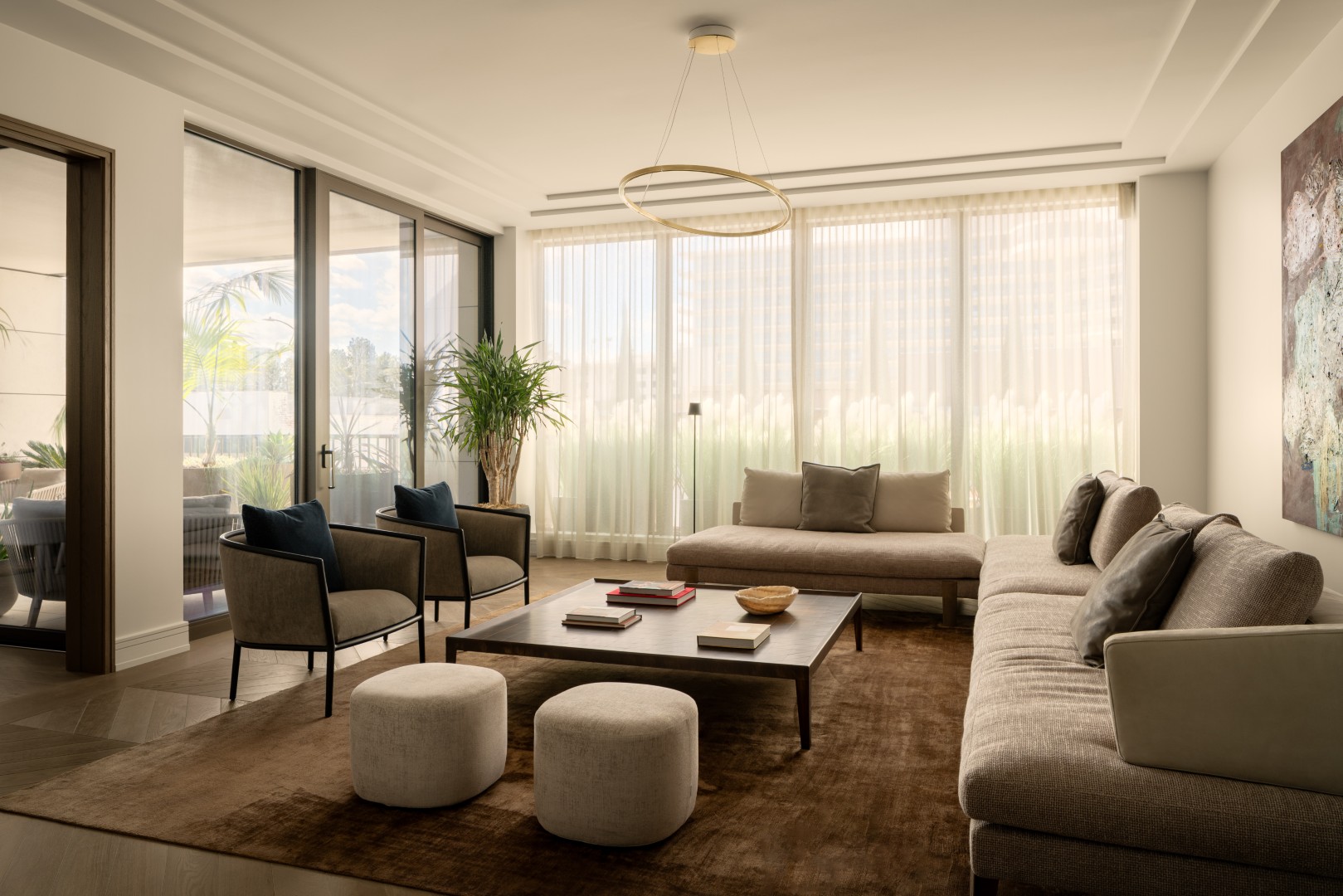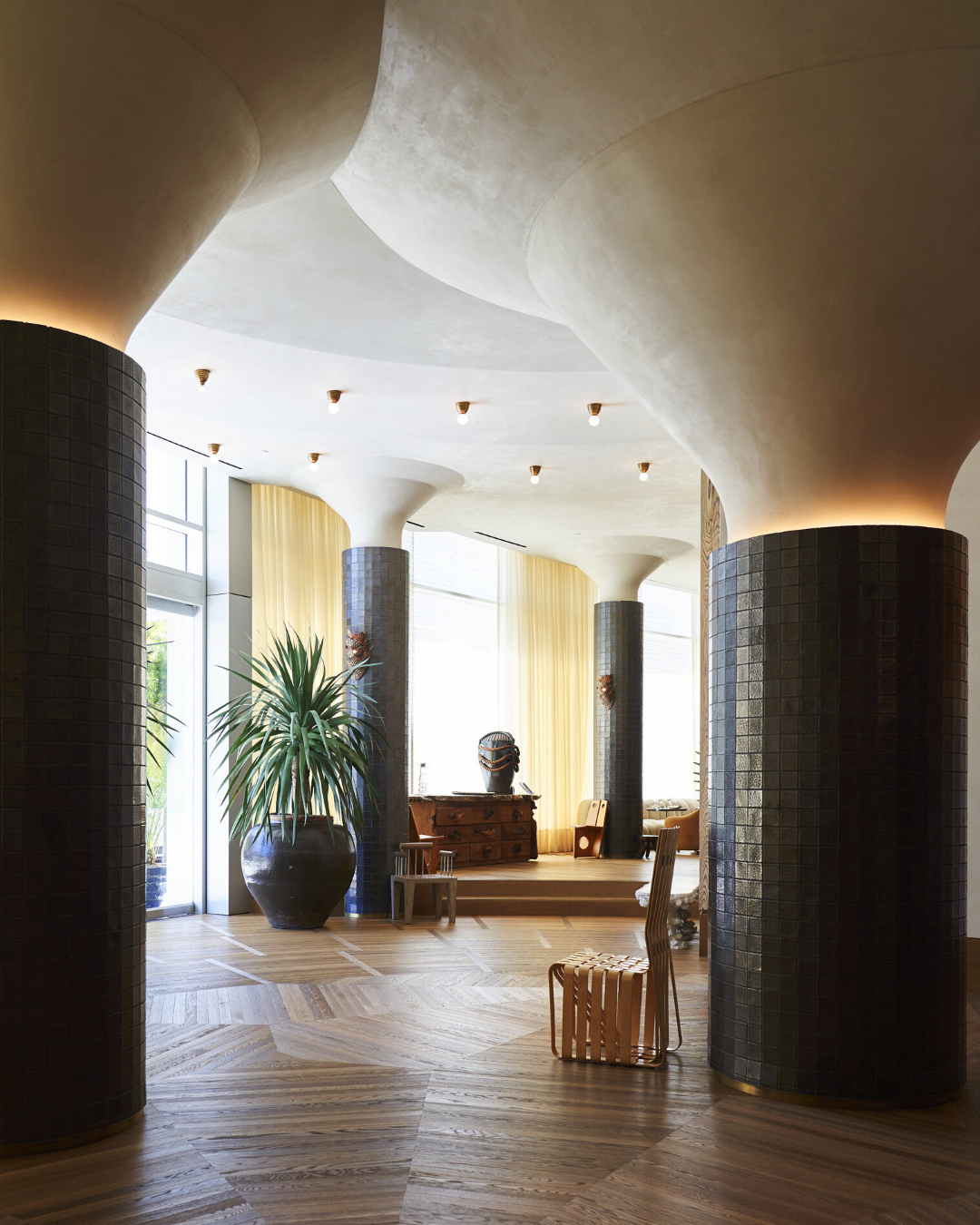Over the past 25 years, I’ve refined my approach to just four simple questions that I ask every client, designer, or homeowner. These questions cut through the clutter and lead us straight to the right floor — quickly, efficiently, and with confidence.
1. What Color Tone Are You Thinking Of?
Nearly every client comes in with at least a basic sense of color direction. This helps eliminate a huge chunk of options right away.
It usually falls into four tone categories:
- Light (white, naturals, creams)
- Medium (honey, smoked, tans)
- Dark (browns, blacks, charcoals)
- Gray (cool, warm, or “touch of”)
Think of it like the board game Guess Who? — with this one question, we can flip down more than half the options right away.

2. What’s the Style of Your Project?
This is my “two-for-one” question — I get both design intent and material direction in a single answer.
Understanding the architectural or interior style helps narrow down not just the wood species, but also the grade. For example:
- Modern → Select Oak (minimal knots)
- Mediterranean → Character Walnut
Here’s a cheat sheet of common Los Angeles styles and our go-to flooring recommendations:
| Style |
Suggested Floor |
| Modern |
Select Oak |
| Mediterranean |
Character Walnut |
| Traditional |
Character Oak or Sierra Heartwood |
| Mid-Century |
Select Walnut or Rift Oak |
| Farmhouse |
Character Oak or Sierra Heartwood |
Note: This only works if you (or your client) have some knowledge of interior design. If not, take 15 minutes to flip through some magazines or websites — it pays off.

3. How High Are the Ceilings?
This one always gets a pause. It’s not a question most clients expect — but it’s critical.
Why? Because ceiling height dictates floor plank width. It’s all about scale.
You’d never want skinny 2” boards in a grand room with 14-foot ceilings, just like a massive 12” plank would look awkward in a small 8-foot-high space.
I learned this working with Kelly Wearstler on the Santa Monica Proper Hotel. The new wing had 9–10’ ceilings; the original building had 8’. Most would have used one floor width for both — but Kelly specified a 4” plank for the new side, and a 2.5” width for the historic rooms. That 1.5” difference made a huge visual impact. The smaller rooms looked dramatically more open with the right proportions.

4. How Much Traffic Do You Expect?
By now, we’ve usually narrowed the decision down to two great options. This final question helps pick the winner.
Let’s say we’re choosing between Walnut and Rift Oak for a Mid-Century project. Both could look fantastic. But if the homeowner has an 80-pound dog, three young kids, and hosts a lot of parties? I’m steering them toward the harder wood: Rift Oak.
This also helps decide the finish and sheen:
- High traffic → matte or satin finish (hides wear better)
- Glossy → beautiful, but shows every scratch and scuff
r3.jpeg)
Final Thoughts
With just these four questions, we can zero in on the perfect floor — usually within minutes. That leaves more time to connect with the client, understand their lifestyle, and build real trust.
Homebuilding and renovation can be stressful. People don’t just want floors — they want reassurance, clarity, and partnership. If we listen closely and guide them with intention, we can help them realize their vision. These four questions are the path to that promise.
